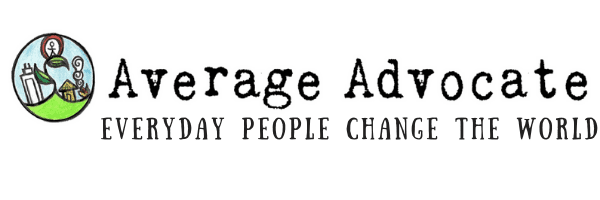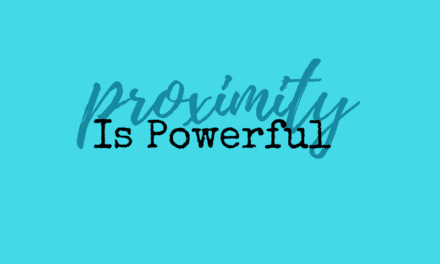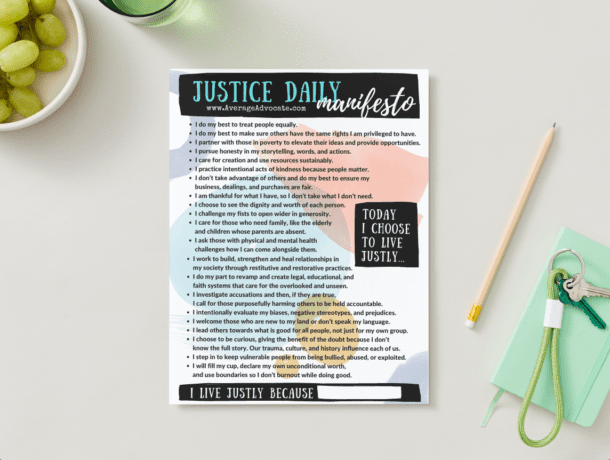Today I took a woman out to coffee. This was actually the second time I went out the coffee that day, coffee and breakfast with my dad. In the morning we were musing about how we just can’t give to everything, while considering the oh-so-horrible famine in the Horn of Africa this year. Isn’t there a famine every freakin’ year in Africa, and each year its the worst? Well, it sure seems like it. Maybe that is why it doesn’t seem too important to me. Maybe that is why I only felt slightly guilty after consuming presumably an insane amount of calories in the the form of a  breakfast sandwich- two eggs, two sausage patties, 2 pieces of cheese, then cream cheese and at least 1/3 of a pig in bacon. Dripping, Gooey, Greasy. But don’t worry- I ate it on a whole wheat bagel. Yep. Hunger sucks.
breakfast sandwich- two eggs, two sausage patties, 2 pieces of cheese, then cream cheese and at least 1/3 of a pig in bacon. Dripping, Gooey, Greasy. But don’t worry- I ate it on a whole wheat bagel. Yep. Hunger sucks.
So, after we finished breakfast, I went to my next meeting. This time I bought two Starbucks drinks for us. Yet I didn’t use my money. I used the church I work for’s money. I guess I can still donate that $7 still in my pocket to help those poor people suffering in the famine in Africa.
This woman was excited that our church helped people locally, not just abroad. I am excited too. I think we should help people locally. Check out my introduction to L2F Needs Network (and then some) if you are interested to see what I get to be involved in locally. 
But on the other hand, I think it is hard for us to even comprehend on a primitive-level what true hunger and extreme poverty look like, which for Americans, is generally not so local. This is one reason why when people go to the Poor World, they tend to love it, but have no clue how to get you to understand their life-changing experience with you. Or they hate it, are repulsed, and swear to only go to tourist resorts (if that). There is just something about being near real poverty (which is actually not near a food pantry) that either strikes fear or stokes a fire for action in the human heart.
Yet as I can’t force anyone to go see suffering for themselves (ya, because that sounds fun), I am going to take the more logical approach by sharing a very decent, simple and short explanation of why food is helpful. This short video is referring to food prices. These prices can increase for many reasons (Americans are more aware of gas prices, but I will venture to say it is similar). Food prices can go up because of wars, conflicts, lack of access/transportation, negotiations, changes in the economy, labor strikes, production not effective due to lack of education/skills, quick population increases (like migration to refugee camps), and of course natural disasters (like drought). To name some.
So, this is why food is important:
If You Had a Dollar from World Vision Video Dept. on Vimeo.
I think many more American understand what it feels like to be barely “surviving” since the recession. Our version of surviving does tend to include extremes from our world. Like having to cancel our cable, cell phones, internet, then defaulting on our mortgage payment, moving to a shelter and having to depend on charity for food. But, Americans still usually have access to at least some credit, aid, and a lot of really wonderful safety nets to keep us from flat-out dying. Still, this can be a really hard and a traumatic experience. I would hate to go through this. Sometimes I wonder if it would be harder to have an American life, then lose it, than to never have ever had a “life.”
American “survival” tends to be different than survival elsewhere, often in LDCs (Less Developed Countries) or sometimes even in our own inner-cities. For one, many people around the world live off of less than two dollars a day. In fact, about a billion people go hungry every day (14% of the world’s population). This video gives some examples of why “survival” can really mean the difference between life and death.
Thank God that we are blessed to start off with more money to our names (or our families’), and that we can take for granted programs, the ability to get $100 in credit, and that bread doesn’t yet cost us a bag of gold.
Action:
If you want to give to very sustainable humanitarian programs that also do relief work, check out Oxfam International or World Vision.
If you want to help provide a long lasting solution, donate $25 to Kiva in a mirco-loan.
Read this post- Blog Action Day 2011: Food for Hunger or What is Famine? Defining Hunger Around the World
If you want to gather some people you know with you to understand hunger a little more and put some money together to help, consider Broken-Bread Poverty Meals or the 30-Hour-Famine which are activities/events created specifically for to make this real.
Lastly, consider signing one of the many petitions which urge the U.S. government to not cut the little international aid that they currently give for the FY2012. Here is one from the organization One International.











Trackbacks/Pingbacks